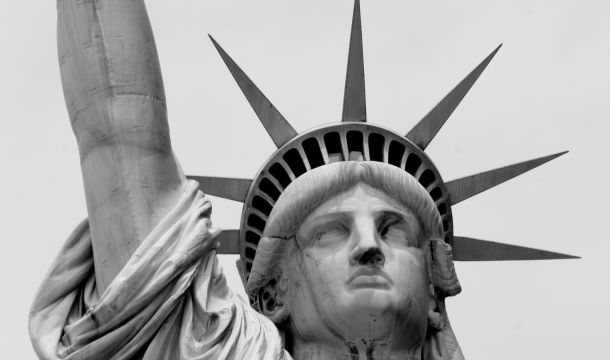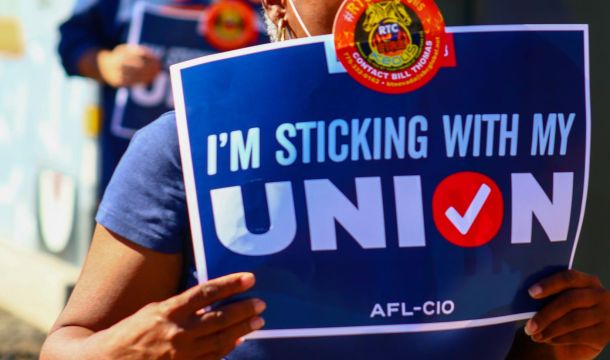Government officials reported that over 2.1 million people have selected plans from either state or federal healthcare exchanges by the end of the year, the vast majority enrolling in December. While these numbers are well short of the more than 3 million enrollees the Administration expected, the numbers are an improvement over the 365,000 that had signed up the first two months. Several extensions in enrollment had been allowed by the Administration for those wishing to sign up for coverage beginning in 2014.
Administration sources also indicated they had reduced error rates on the enrollments from about 30% to 10% by the end of November. After enrollment, insurers have extended payment dates for coverage beginning the first of January to January 10.
In addition to lower-than-expected enrollments, there is also a problem in that the mix of those who have enrolled is older than hoped, and insurers need younger customers to balance the costs of those who are older and tend to be sicker. Estimates are that more than one-third of the enrollees are 55 or older, and insurance carriers indicate that they need strong enrollment from younger people, who are likely to be healthier, to prevent sharp rises in premiums. Normally, fewer than 20% of enrollees in individual and family coverage are over age 55.
Other problems are the "sticker shock" as consumers find out that many out-of-pocket costs are also increasing under the exchanges, as many are experiencing higher deductibles and co-pays and smaller networks. The total out-of-pocket expenses under bronze exchange plans are kept at an annual $6,350.00 for individuals and $12,700.00 for families of four. For a 40-year-old adult, the average monthly premium for a bronze plan is about $300.00 a month, with a typical silver plan costing around $320.00 a month. According to government figures, about 20% of enrollees selected a bronze plan, and 60% selected a silver plan, which has slightly better coverage.
For small businesses concerned about or confused by ObamaCare, a website is available at which users can learn what they need to know and do to comply with the law. Business.USA.gov/healthcare. Small businesses under 50 employees still have options to buy small group health coverage and qualify for tax credits under the Small Business Health Options Program, which is available only from insurers and brokers.
Related Content
Get Email Updates

Update of Work Authorization Immigration Status as of October 8, 2025

Workplace Investigations Largely Shut down, but Courts Remain Open during Shutdown for Now

Kirk’s Killing Cautions Employers To Consider Speech Policing

Trump Nominates Appointments to NLRB and EEOC but Policy Changes Likely to Be Delayed

DOL Launches Self-Audit Programs Designed to Help Employers Improve Compliance



